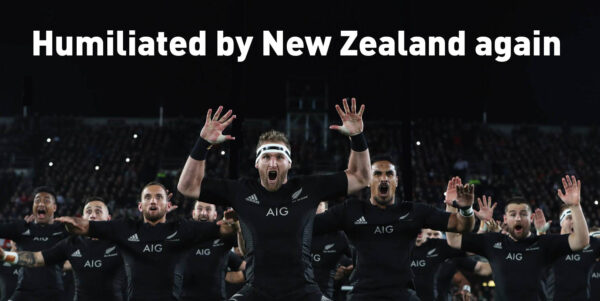
New Zealand leads the way with vaping regulations
Posted on August 10, 2021 By Colin
Sensible vaping regulations are in force from today in New Zealand under the Smokefree Environments and Regulated Products Act. They are a stark reminder of how far Australia is falling behind best practice and the rest of the western world.
While Greg Hunt insists on nicotine prescriptions and pharmacy-only sales, New Zealand adults can buy nicotine e-liquid as a consumer product from a wide range of retail outlets.
The laws strike a good balance between ensuring that safe, good-quality products are readily available for adult smokers while minimising appeal and access to young people.
The laws are not perfect but are a great start. According to the Associate Health Minister, Dr Ayesha Verrall, they will help achieve a ‘healthier future for Aoetearoa’ and ‘represent an exciting and significant step towards our Smokefree Aotearoa 2025 goal’.
In Australia, nicotine e-liquid is regulated like tobacco. However, the NZ government understands that vaping is a safer alternative to smoking and allows retailers to provide the following messages
- “Completely replacing your cigarette with a vape will reduce harm to your health”, and
- “If you smoke, switching completely to vaping is a much less harmful option”
The good
The guidelines ensure that all products meet high safety and quality standards. Nicotine, PG and VG must be pharmaceutical-grade and all liquids must be tested in an accredited laboratory before sale. Manufacturers must notify health authorities that a product has met the safety and quality standards before it can be sold.
Importantly, reasonable nicotine limits have been set at
- 20mg/ml for freebase nicotine and
- 50mg/mL for nicotine salt products
There are also requirements for labelling, instructions for handling and correct use, safety warnings and bans on certain toxic chemicals. Containers should be no more than 120 ml and must be protected against breakage, leakage, spilling and have child-resistant closures.
Safety standards have also been set for vaping devices including battery and electrical safety and consistent nicotine delivery. Devices such as 'mechanical mods' with no electrical protection are banned.
Protection for young people includes a minimum age of sale of 18 years, no vaping in cars with children and a ban on cartoons or toys on packages.
The not-so-good
Vape shops can sell a wide range of flavours, but other retail outlets can only sell tobacco, mint or menthol. Limiting access to flavours may puts vapers at risk of relapse to smoking if they can't access the product that works for them.
Advertising is banned. However, carefully regulated advertising of vaping products raises awareness of vaping as a safer alternative to smoking and has an anti-smoking effect. Advertising targeted at adult smokers encouraging them to switch could reduce smoking rates.
Come on Australia!
The NZ regulations put Australia to shame. They are based on the evidence rather than politics and ideology. They are a model for good public health policy on vaping and will save lives.
Australia's requirement for nicotine prescriptions is complex, expensive and unnecessary and makes it harder to access vaping products than cigarettes. Is that really what Greg Hunt wants.?
Resources
Smokefree Environments and Regulated Products Act